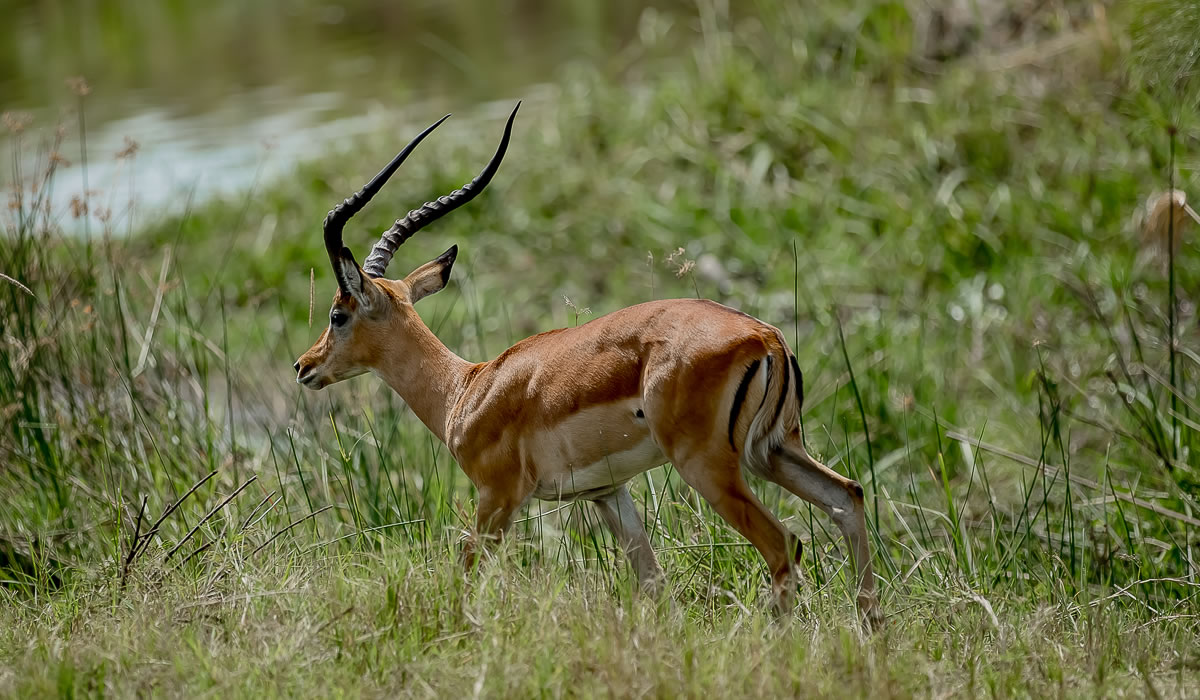Nestled in the northeastern corner of Rwanda along the border with Tanzania, Akagera National Park stands as one of East Africa’s most remarkable wildlife conservation success stories. This 1,122-square-kilometer protected area represents Rwanda’s largest savanna ecosystem and offers visitors an authentic African safari experience complete with the Big Five, stunning landscapes, and a testament to the power of dedicated conservation efforts.

Location and Geography
Akagera National Park is located approximately 110 kilometers from Kigali, Rwanda’s capital city, making it an accessible destination for both international tourists and local visitors. The park derives its name from the Akagera River, which flows along its eastern boundary and feeds into a complex network of lakes and papyrus swamps that characterize much of the park’s eastern section. The varied topography includes rolling hills, open plains, woodland savanna, wetlands, and lakes, creating diverse habitats that support an impressive array of wildlife. The park’s elevation ranges from 1,200 to 1,825 meters above sea level, contributing to its moderate climate and biodiversity.
Wildlife and Safari Experience
Akagera National Park has earned its reputation as Rwanda’s premier safari destination, offering visitors the opportunity to see the Big Five, lion, leopard, elephant, buffalo, and rhinoceros all within a single park. The reintroduction of lions in 2015 and eastern black rhinos in 2017 marked a historic achievement in African conservation, completing the Big Five roster and making Akagera one of the few places in East Africa where visitors can spot all these iconic species.
Beyond the Big Five, the park is home to over 8,000 animals including zebras, giraffes, hippos, crocodiles, and numerous antelope species such as topi, eland, impala, and the rare sitatunga. The predator population extends beyond lions and leopards to include spotted hyenas, side-striped jackals, and several smaller carnivore species. Game drives through Akagera’s diverse landscapes provide excellent wildlife viewing opportunities, particularly during early morning and late afternoon hours when animals are most active.
Birdwatching Paradise
For bird enthusiasts, Akagera National Park is nothing short of spectacular. The park boasts over 500 bird species, making it a premier birdwatching destination in Rwanda and East Africa. The diverse habitat, from wetlands and lakes to savanna and woodland, support an incredible variety of avian life including the rare and prehistoric-looking shoebill stork, papyrus gonolek, and the endemic red-faced barbet. Water birds are particularly abundant around Lake Ihema and other water bodies, where visitors can spot African fish eagles, cormorants, herons, ibises, and numerous waterfowl species. Migratory birds from Europe and North Africa also visit the park during certain seasons, adding to the already impressive bird diversity.
Activities and Tourism
Akagera National Park offers a range of activities designed to immerse visitors in the African wilderness experience. Game drives remain the most popular activity, with both morning and evening drives available through the park’s extensive network of tracks. Night drives offer a unique opportunity to spot nocturnal species rarely seen during daylight hours, including bushbabies, genets, and leopards on the hunt.
Boat safaris on Lake Ihema provide a different perspective on the park’s wildlife, allowing visitors to observe hippos, crocodiles, and water birds at close range while enjoying the serene beauty of Rwanda’s second-largest lake. Sport fishing is also available for those interested in angling, with catch-and-release practices encouraged for conservation purposes.
For visitors seeking a more intimate connection with nature, behind-the-scenes experiences can be arranged, including opportunities to learn about conservation work, anti-poaching efforts, and even community projects surrounding the park. Accommodation options range from luxury lodges to budget-friendly campsites, ensuring that Akagera is accessible to travelers with varying budgets and preferences.
Conservation Success Story
Akagera National Park’s recent history represents one of Africa’s most inspiring conservation narratives. Following Rwanda’s 1994 genocide, the park suffered significant setbacks as refugees returning to the country settled in park lands, reducing its size by more than half. Wildlife populations plummeted due to poaching, and lions and rhinos were completely eradicated from the ecosystem by the early 2000s.
The transformation began in 2010 when the Rwanda Development Board partnered with African Parks, a non-profit conservation organization, to manage Akagera under a 20-year agreement. This partnership has yielded extraordinary results through improved law enforcement, infrastructure development, and community engagement. The construction of a 120-kilometer western boundary fence significantly reduced human-wildlife conflict while protecting the park from encroachment. Anti-poaching efforts have been highly successful, with wildlife numbers rebounding dramatically. The reintroduction of lions from South Africa in 2015 captured international attention, followed by the translocation of five eastern black rhinos from South Africa in 2017, and an additional 30 rhinos in subsequent years, establishing a viable breeding population.
Community Impact and Sustainable Tourism
The success of Akagera National Park extends beyond wildlife conservation to encompass meaningful community benefits. Revenue-sharing programs ensure that local communities receive a portion of tourism income, funding schools, health centers, and infrastructure projects. Employment opportunities for local people have increased significantly, with many community members working as guides, lodge staff, and park rangers.
The park’s management actively engages with surrounding communities through education programs that emphasize the value of wildlife conservation and sustainable land use practices. This approach has fostered positive relationships between the park and neighboring populations, creating a model for community-based conservation that is being studied and replicated elsewhere in Africa.
Planning Your Visit
Akagera National Park is accessible year-round, though the dry seasons from June to September and December to February generally offer the best game viewing conditions as animals congregate around water sources. The park is easily reached by road from Kigali, with the journey taking approximately two to three hours depending on which gate you enter through. Most visitors opt for guided tours, though self-drive safaris are permitted for those with appropriate vehicles and experience.
Akagera National Park stands as a beacon of hope for wildlife conservation in Africa, demonstrating that with commitment, partnership, and community involvement, degraded ecosystems can be restored to their former glory, providing both ecological benefits and sustainable economic opportunities for generations to come.

